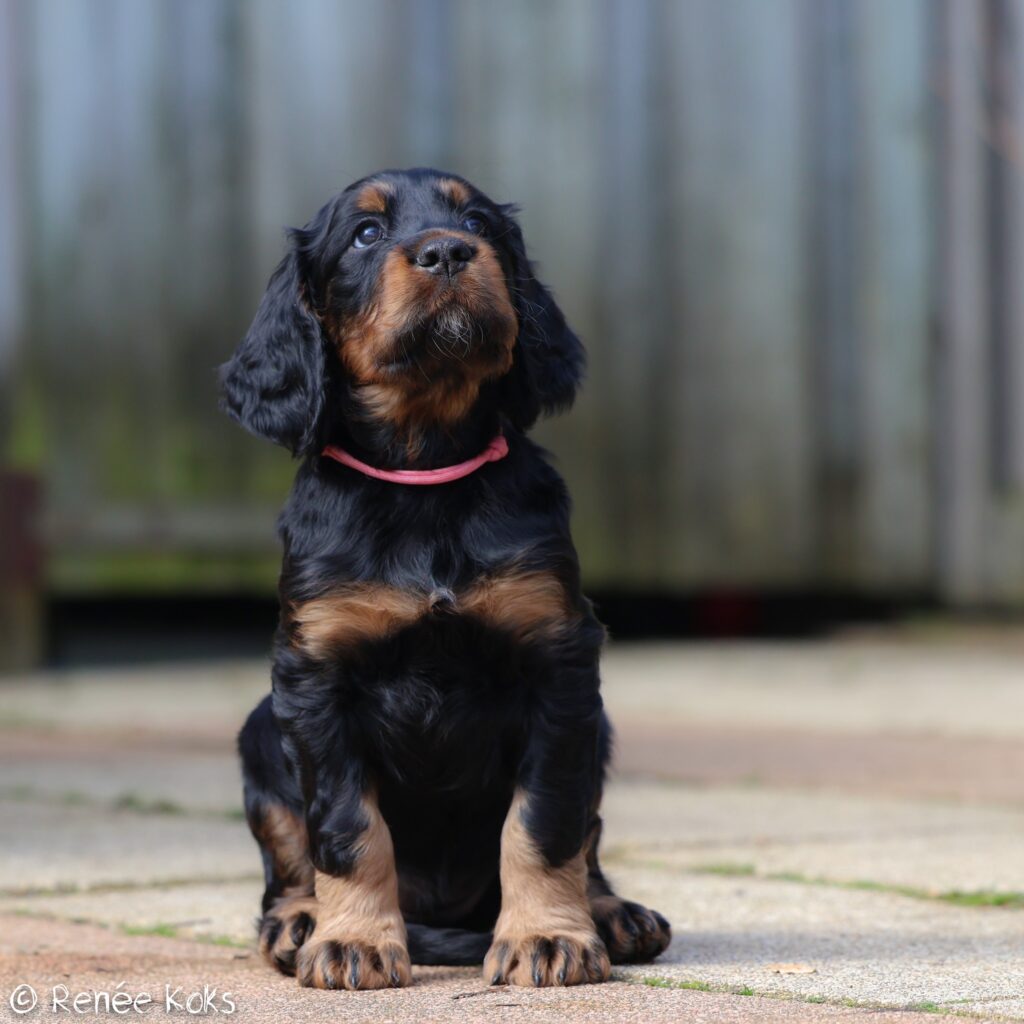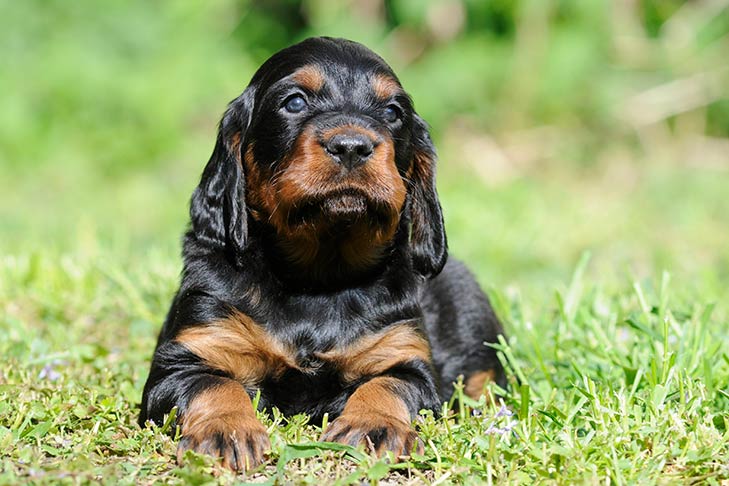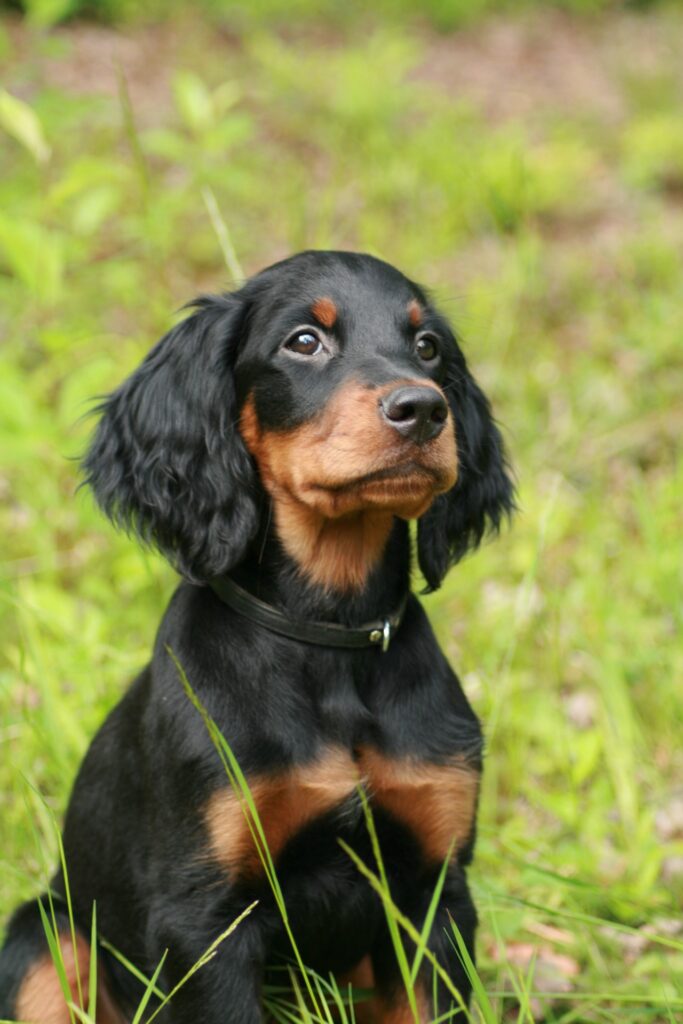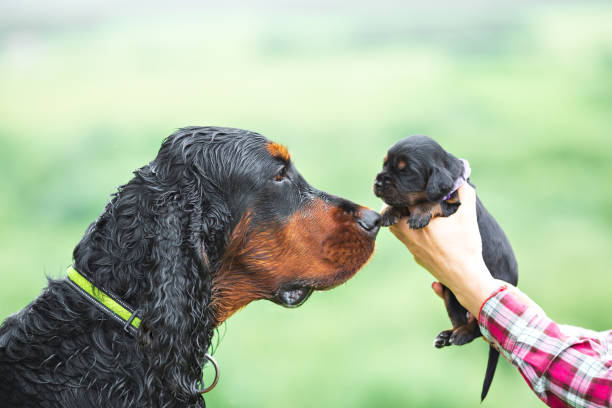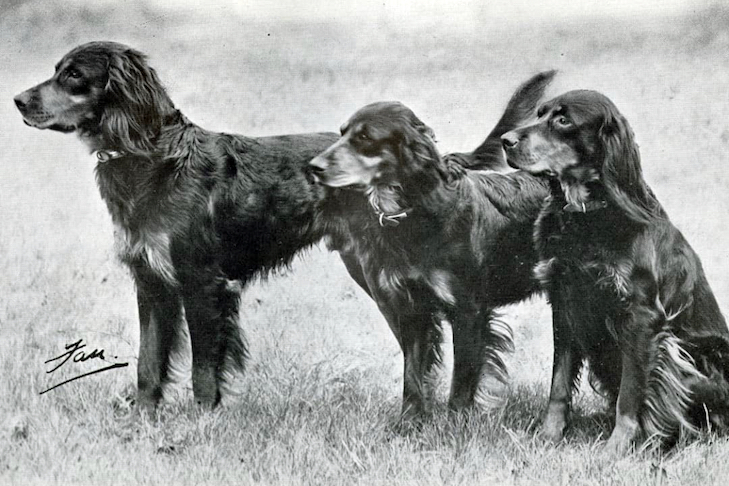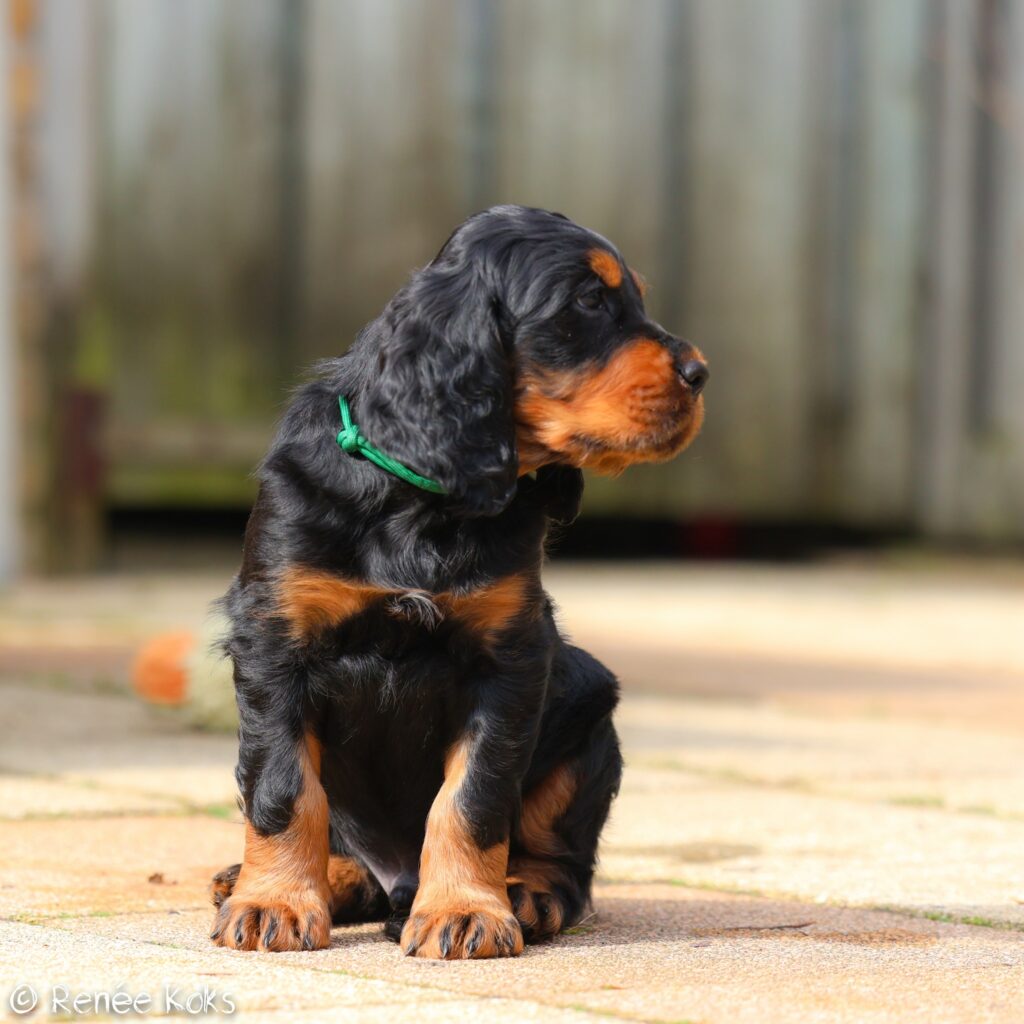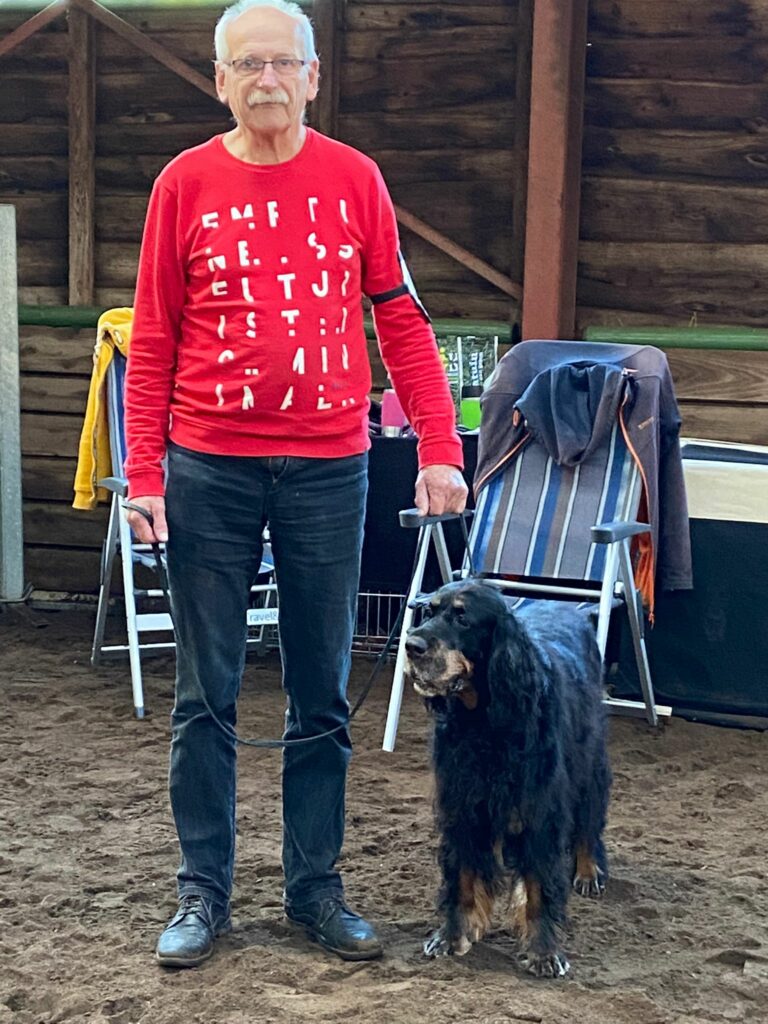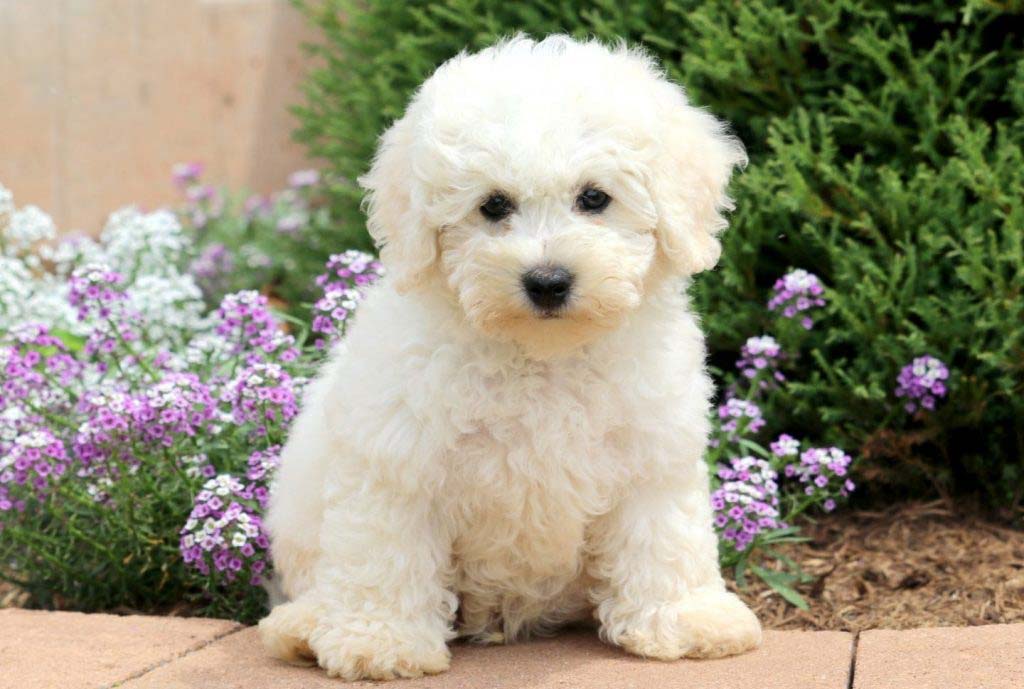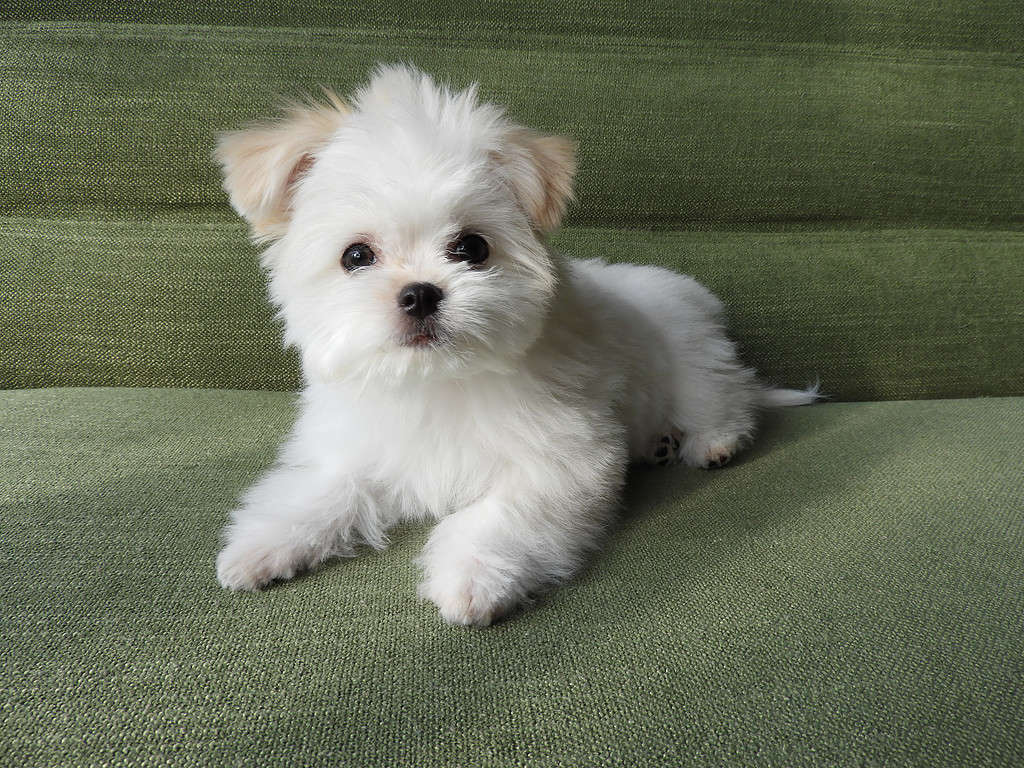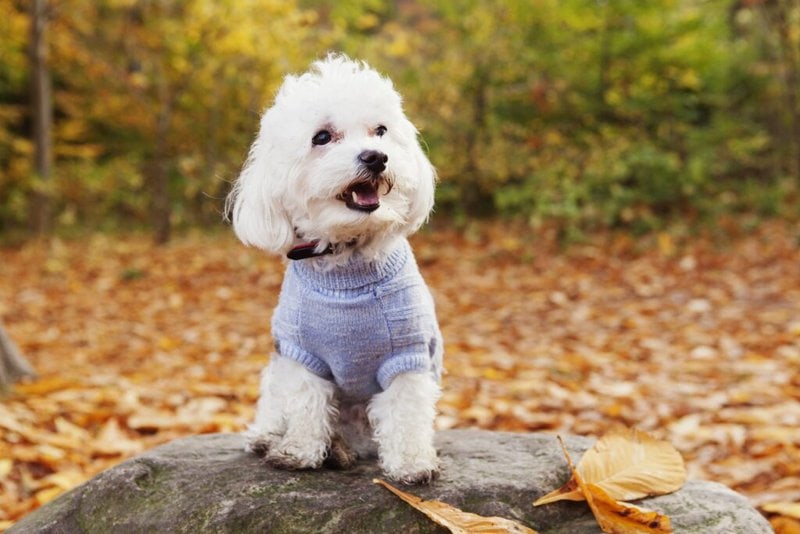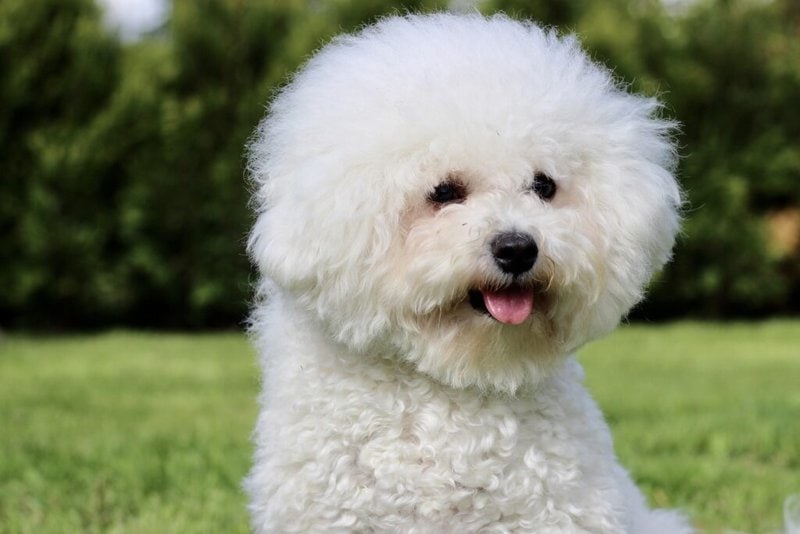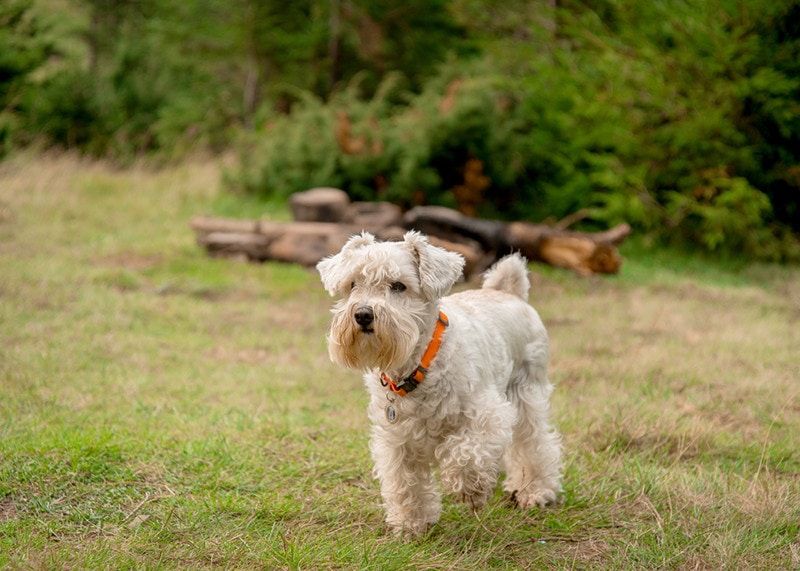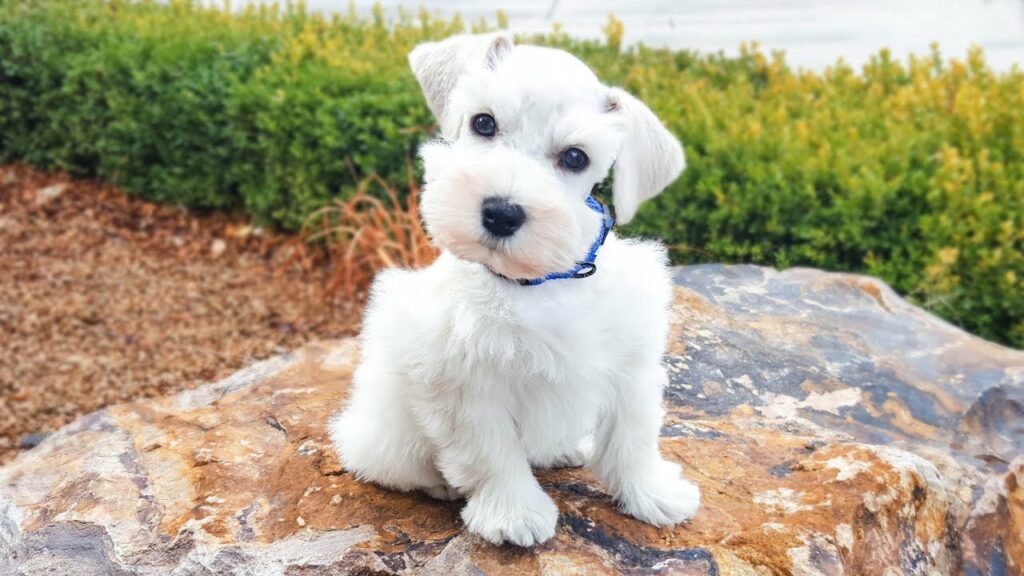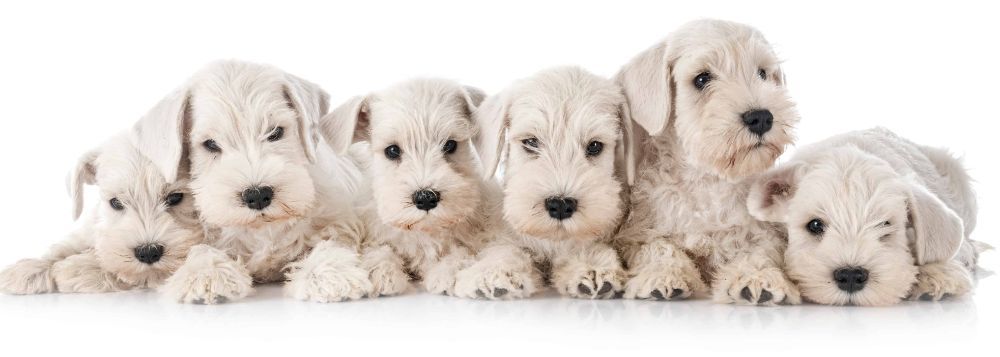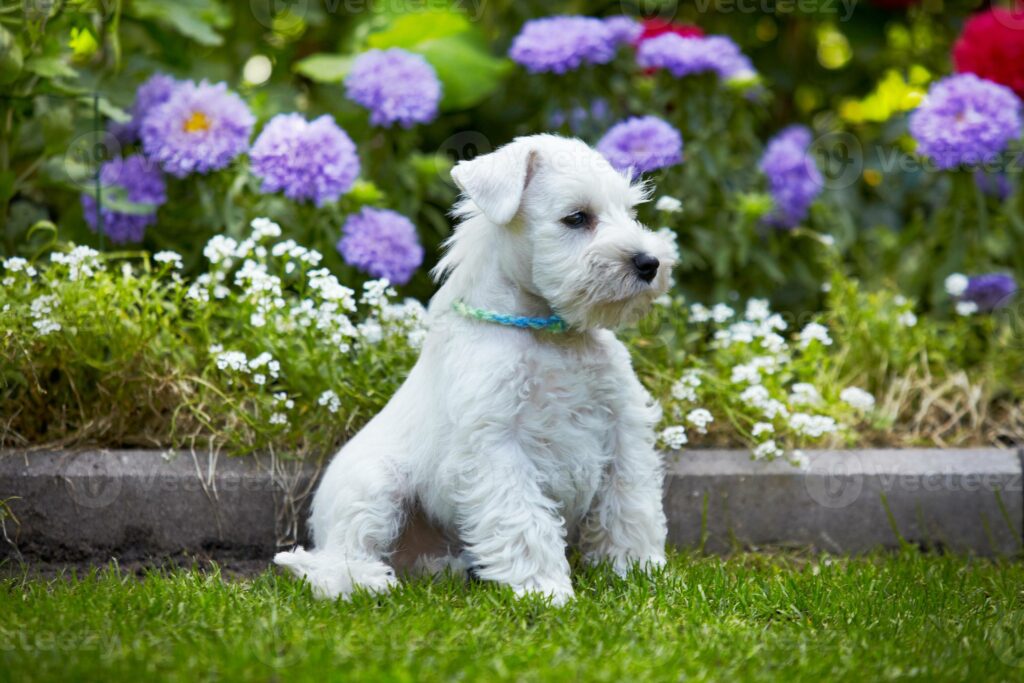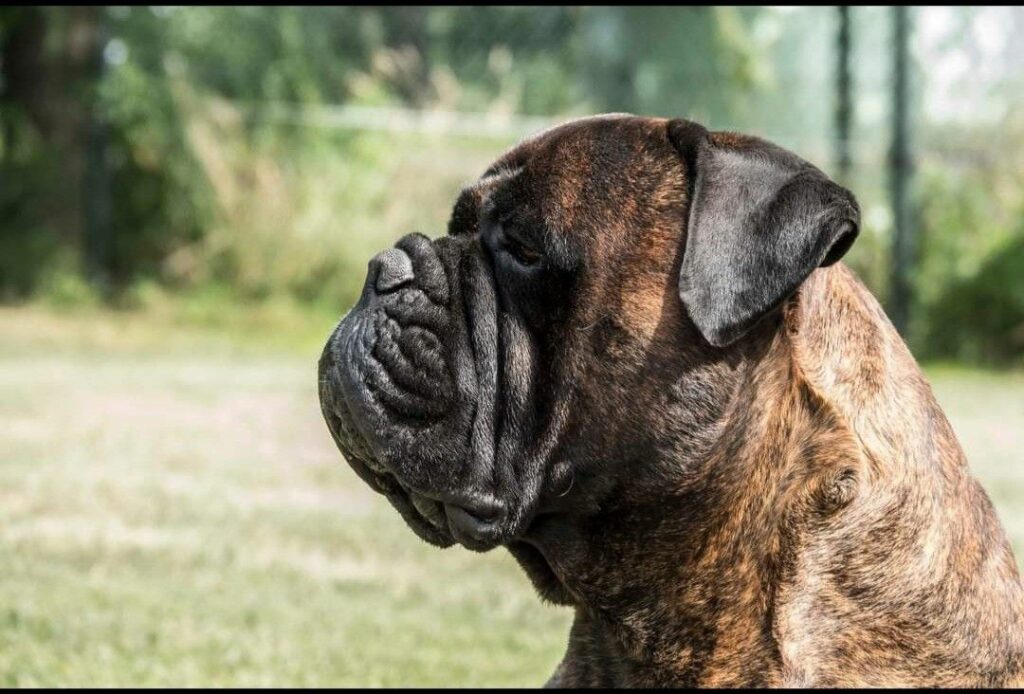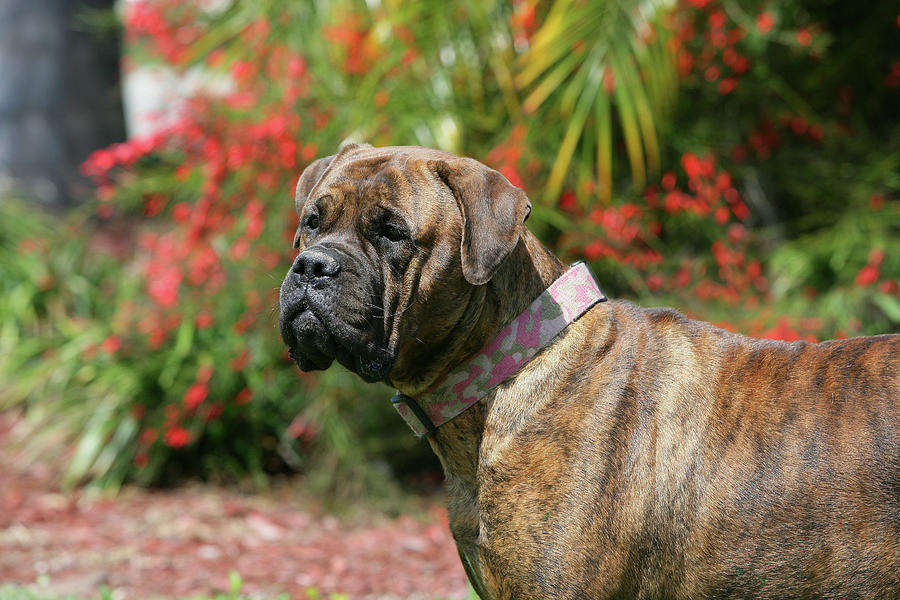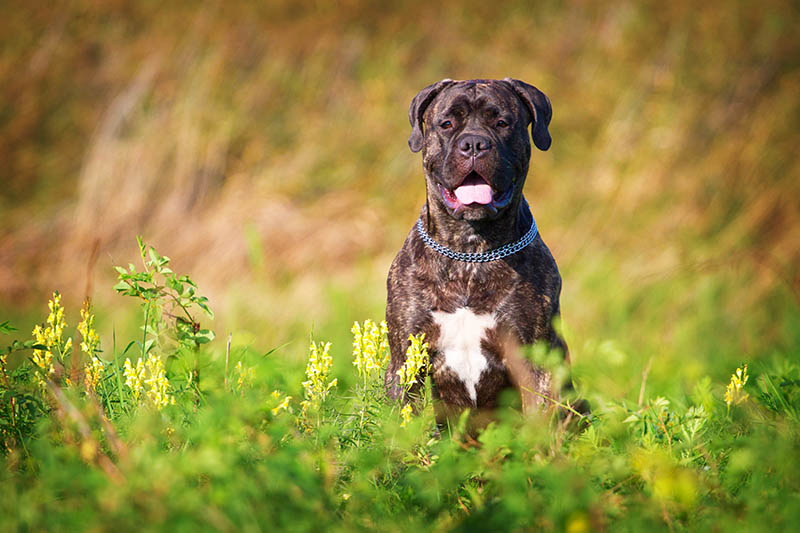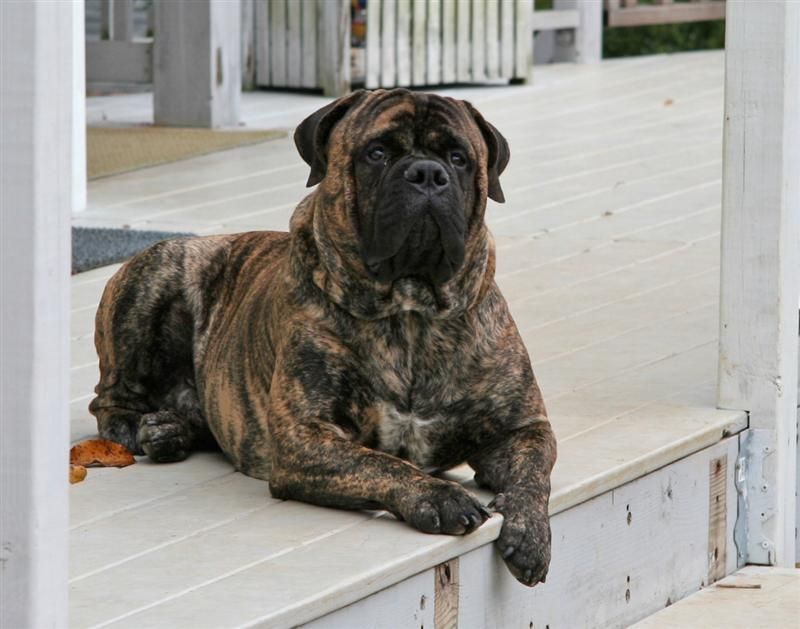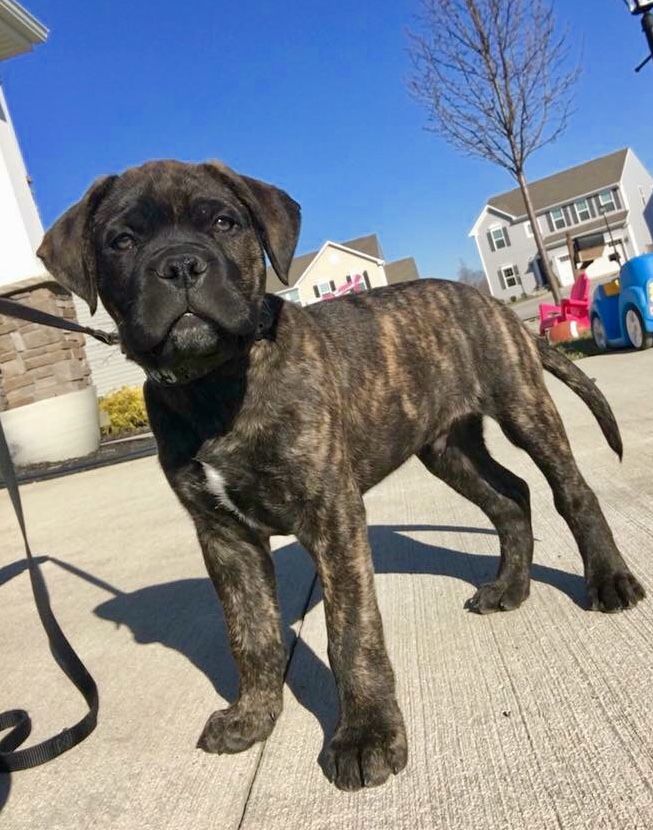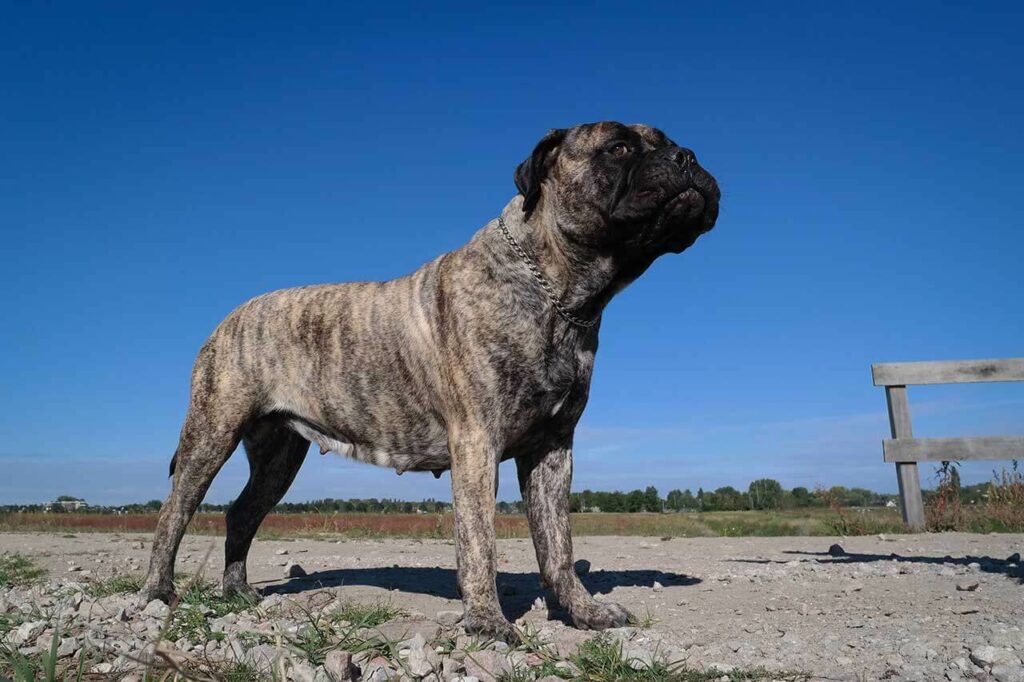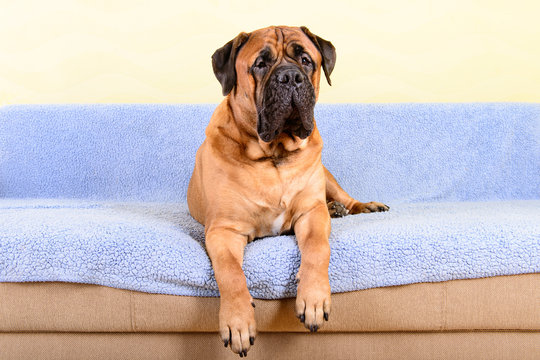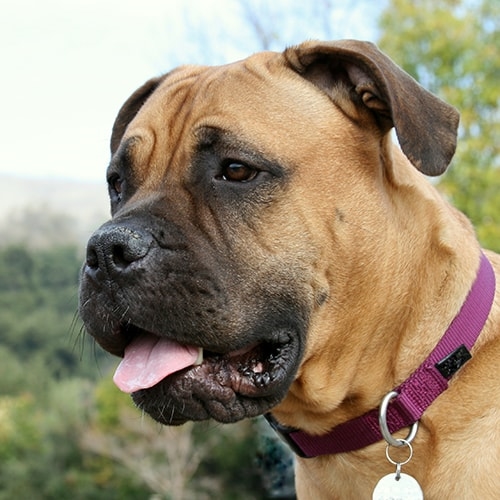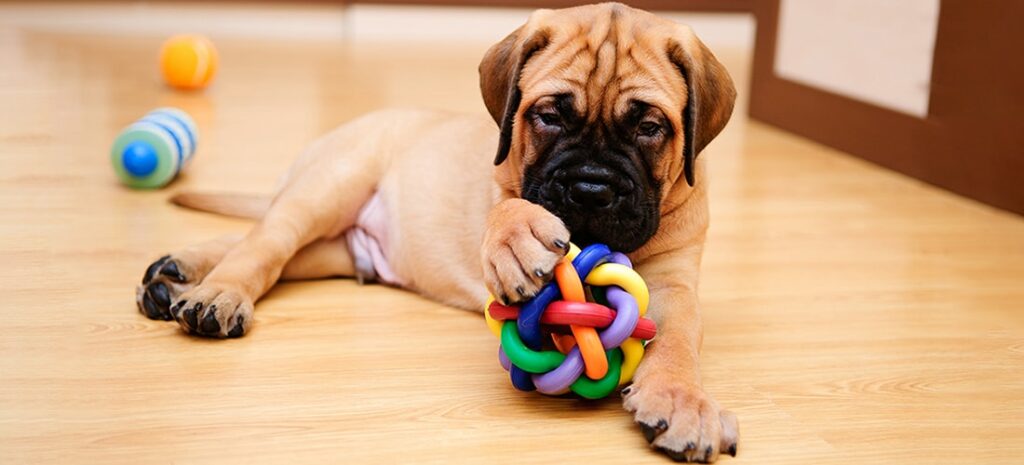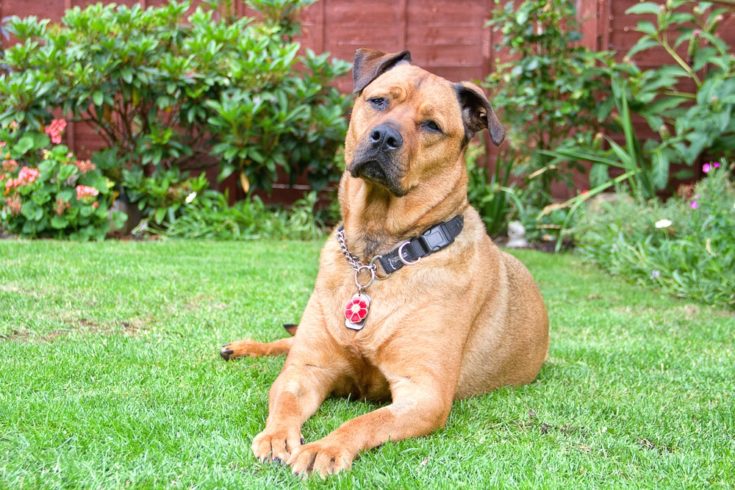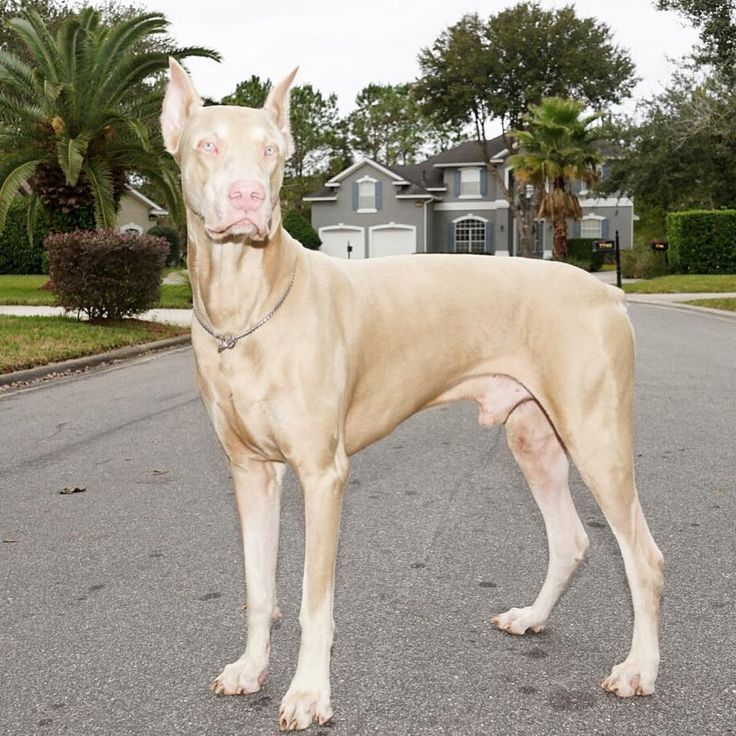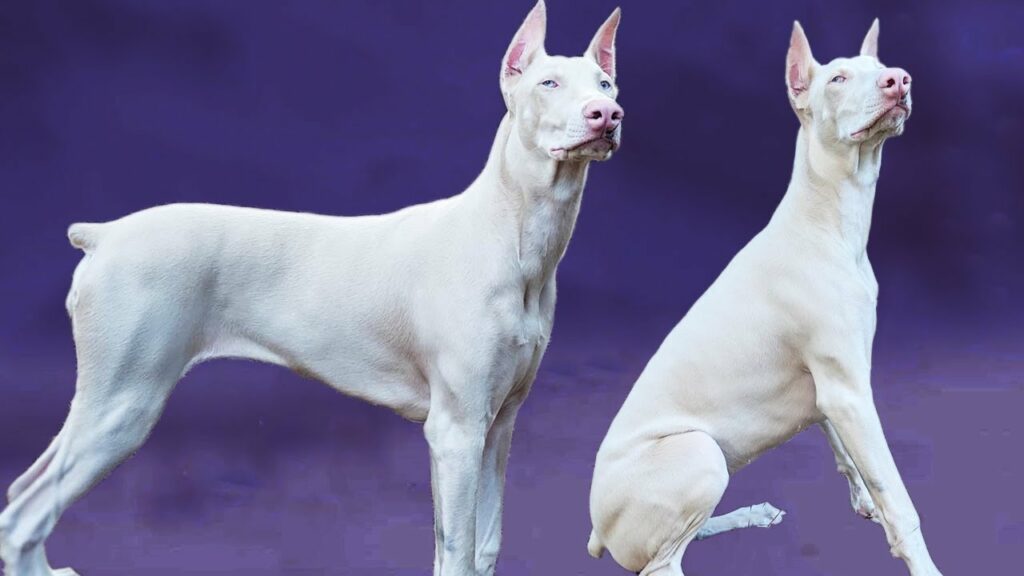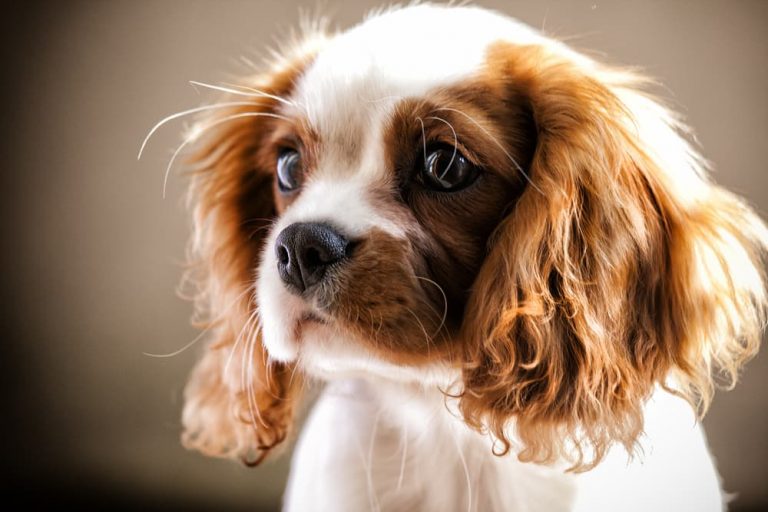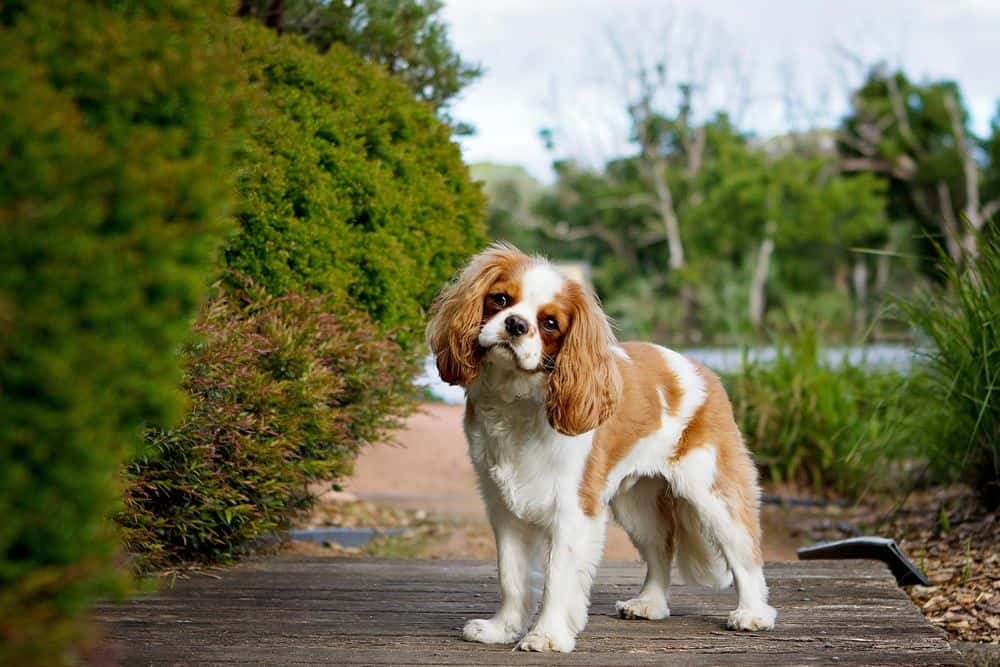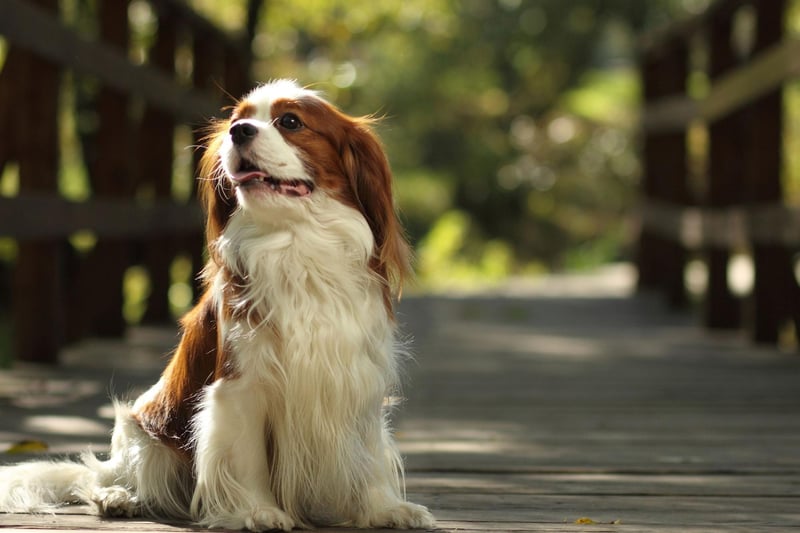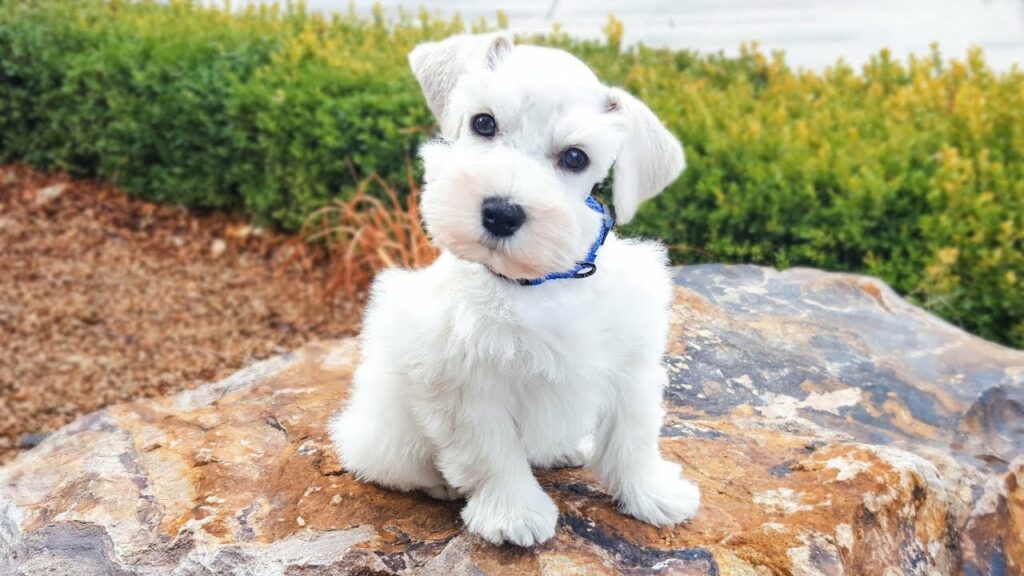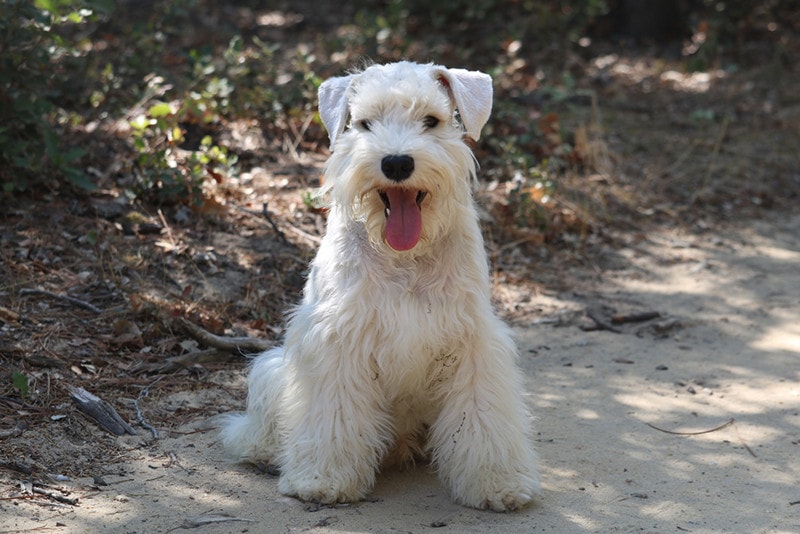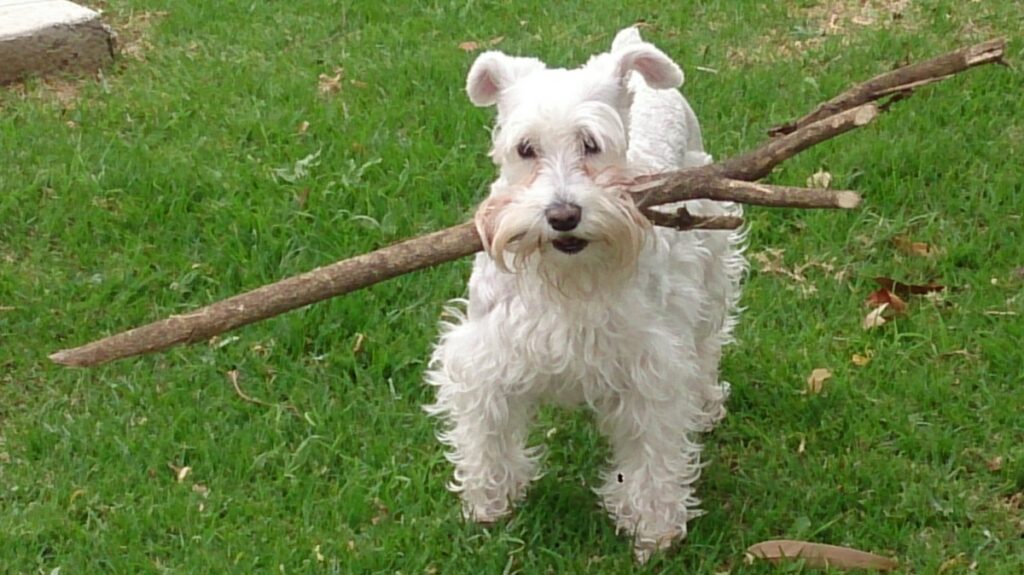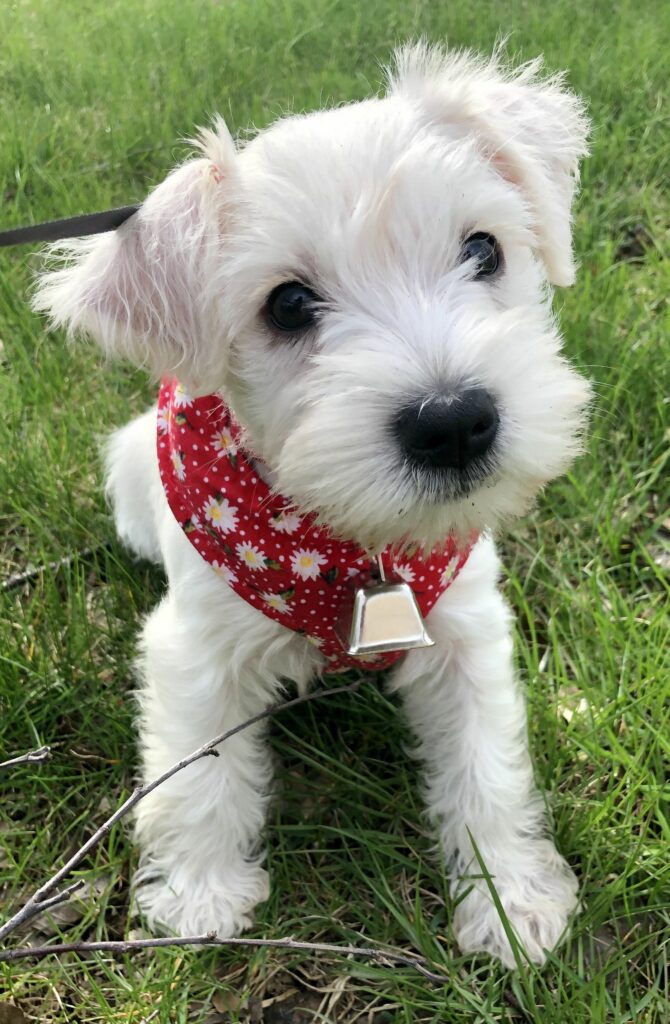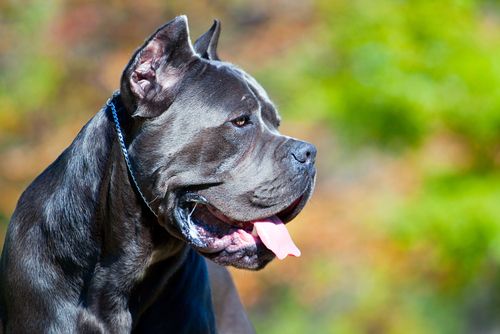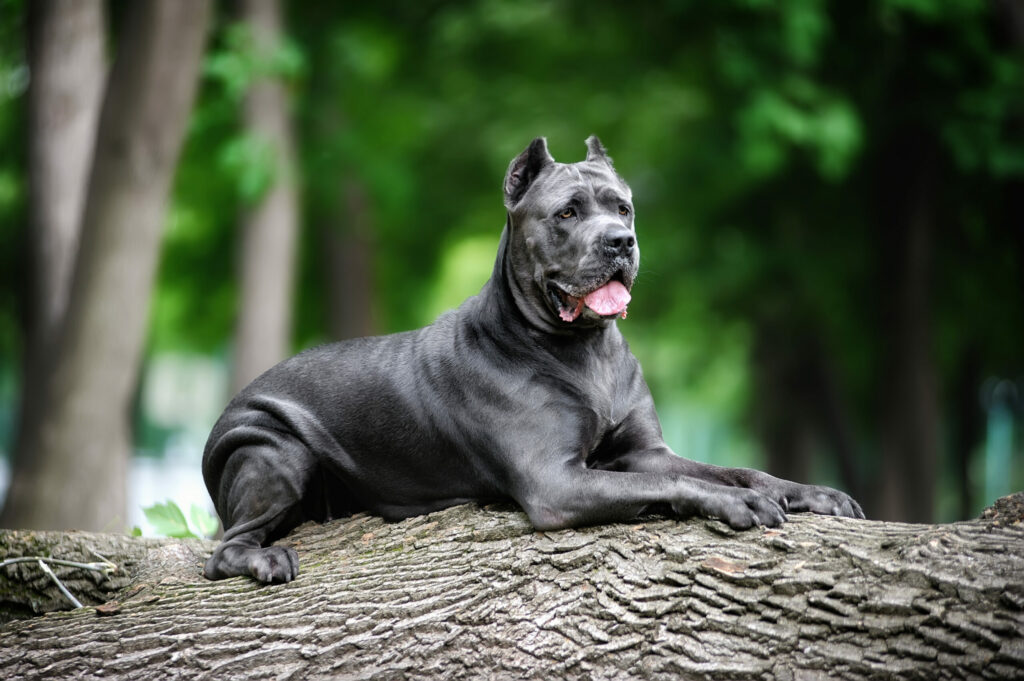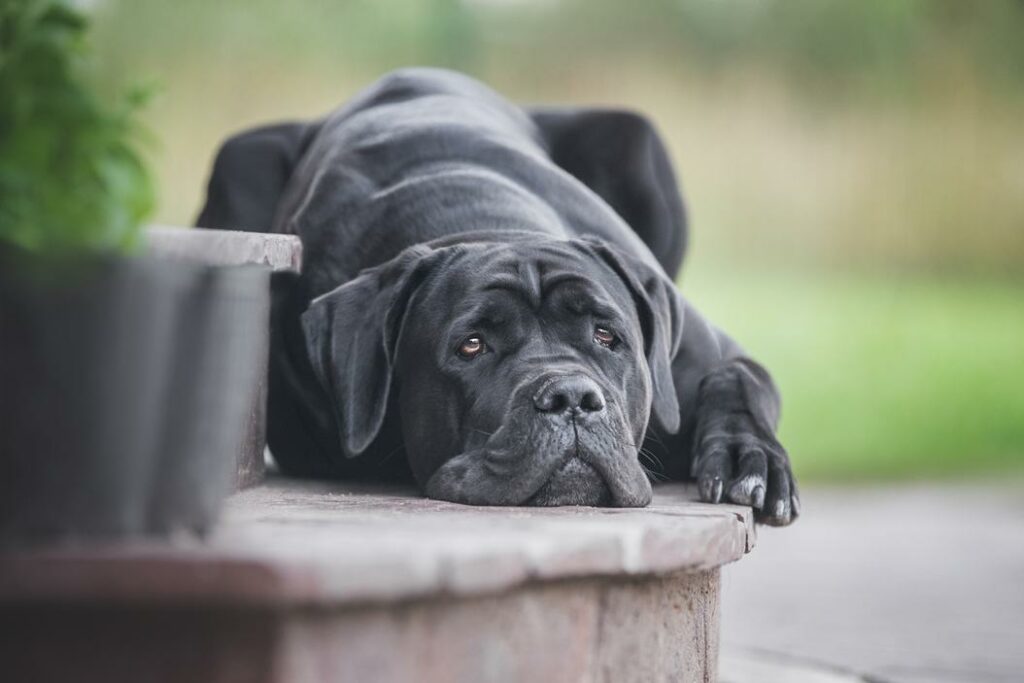Introduction
The Gordon Setter: An Overview
Before delving into the factors that influence the price of a Gordon Setter, it is important to understand what this breed is all about. The Gordon Setter is a majestic and elegant dog with a rich history. Originally bred in Scotland in the 17th century, these dogs were favored by the nobles for their hunting abilities and loyal nature.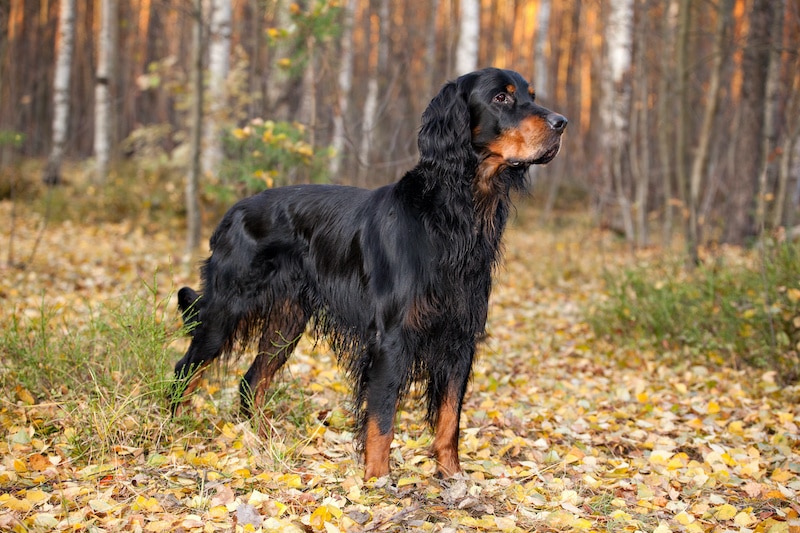
Importance of Considering the Cost
When deciding to bring a Gordon Setter into your life, it is crucial to consider the cost implications. Understanding the factors that influence the price will help you make an informed decision and ensure that you are financially prepared for this long-term commitment. So, let’s explore the various aspects that affect the Gordon Setter price.
Factors Influencing Gordon Setter Price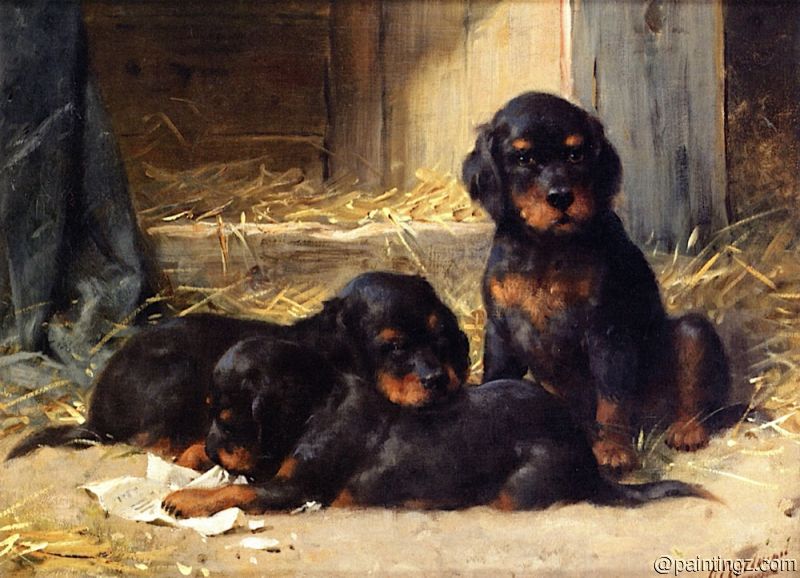
Breed Quality and Pedigree
One of the key factors that significantly impacts the price of a Gordon Setter is the breed quality and pedigree. Champion bloodlines and show potential play a crucial role in determining the value of a pup.
Champion Bloodlines and Show Potential
Gordon Setters with champion bloodlines tend to fetch a higher price due to their proven lineage of excellence. These dogs have a track record of excelling in conformation shows and possess exceptional qualities that make them stand out from the rest. Breeders invest a significant amount of time and resources in breeding dogs with championship potential, which naturally contributes to a higher price tag.
Heritage and Lineage Analysis
Heritage and lineage analysis also affect the price of a Gordon Setter. A thorough assessment of the dog’s ancestry, going back several generations, helps determine the quality of the breed. Dogs with documented and well-regarded lineage are sought after by enthusiasts and often come at a premium price.
Required Health Certifications
Reputable breeders ensure that their Gordon Setters have all the necessary health certifications, such as hip and elbow evaluations, eye certifications, and genetic testing. These certifications guarantee the health and well-being of the dog, but they also add to the overall cost of acquiring a Gordon Setter.
Breeder Reputation and Expertise
The reputation and expertise of the breeder also have an impact on the Gordon Setter Price.
Renowned Breeders and Their Pricing
Renowned breeders who have established a reputable name in the industry often charge more for their Gordon Setters. These breeders have a proven track record of producing healthy and high-quality dogs. As a result, their expertise and reputation contribute to the premium Gordon Setter Price.
Experience and Expert Knowledge
Breeders with extensive experience and expert knowledge have invested years in understanding the breed and perfecting their breeding program. Their expertise and understanding of the breed’s traits and temperament result in well-bred Gordon Setters. Their valuable insights and guidance come at a cost, reflecting in the Gordon Setter Price they set for their dogs.
Ethical Practices and Code of Conduct
Ethical breeders adhere to strict standards and a code of conduct set by reputable kennel clubs and breed associations. They prioritize the health and well-being of their dogs and ensure responsible breeding practices. These breeders often charge a higher Gordon Setter Price to cover the additional costs associated with ethical breeding, including health testing, proper care, and socialization of the puppies.
Location and Availability
The location and availability of Gordon Setters also influence their price.
Regional Price Variations
Gordon Setter price can vary regionally. Factors like the cost of living, demand, and availability of the breed in a specific area contribute to these variations. For example, Gordon Setters might be more expensive in urban areas with higher living costs compared to rural regions.
Local Demand and Supply Factors
The demand and supply of Gordon Setters in a particular location also impact their price. If a specific area has a limited number of breeders or a high demand for the breed, the prices are likely to be higher. Conversely, areas with a surplus of breeders and limited demand may have lower prices.
Access to Reputable Breeders
The availability of reputable breeders in your area can also affect the Gordon Setter Price. If there are only a few breeders nearby, the limited supply may result in higher prices due to increased competition for their dogs.
Age of the Dog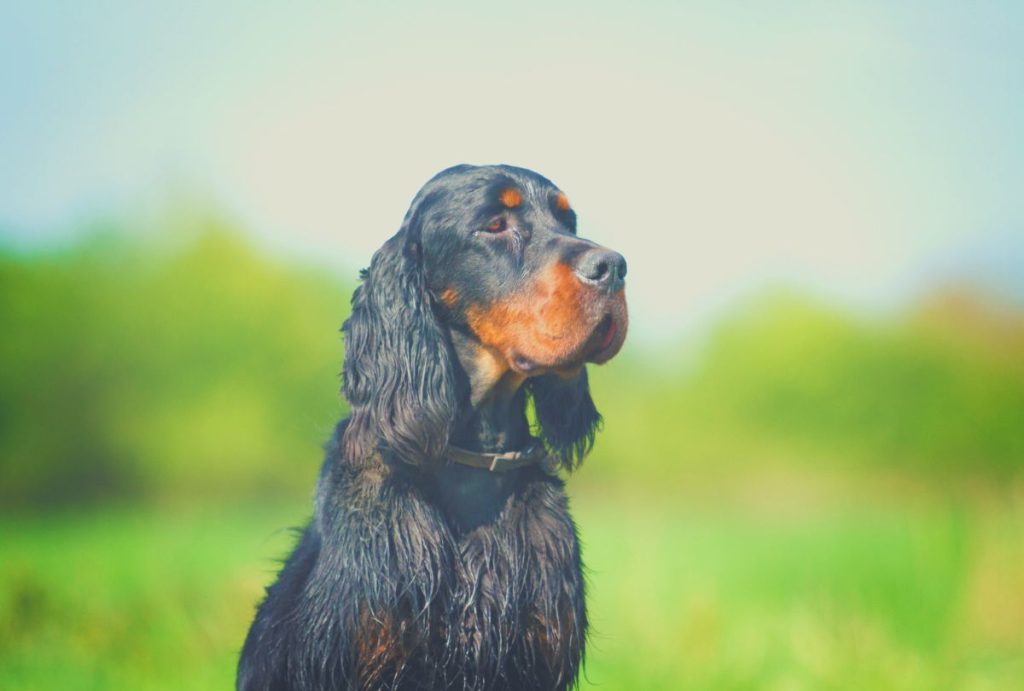
The age of the Gordon Setter also plays a role in its price.
Puppy Price vs. Adult Dog Price
Puppies typically come at a higher Gordon Setter Price compared to adult dogs. This is because puppies require additional investments in terms of vaccinations, training, and socialization. However, adult dogs may also come with their own set of advantages, such as being already house-trained and having a developed personality.
Training and Socialization Costs
When considering the Gordon Setter Price, it is essential to factor in the cost of training and socialization for puppies. Proper training and early socialization are crucial for the development of a well-behaved dog. These expenses should be taken into account when budgeting for a new furry family member.
Considerations for Rescued or Retired Setters
Rescued or retired setters can offer an alternative to acquiring a young puppy. Adoption fees for rescued or retired Gordon Setters vary and are often lower compared to purchasing a puppy from a breeder. However, potential owners should be prepared for potential health or behavioral issues that might require extra care or expenses.
Market Demand and Popularity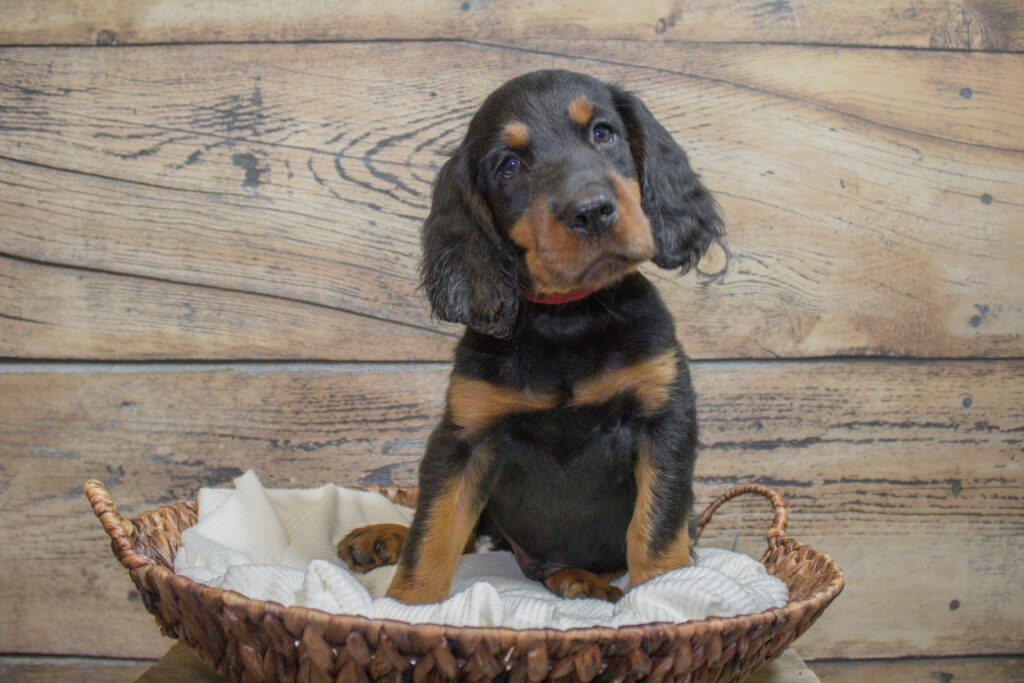
The overall market demand and popularity of Gordon Setters can influence their price.
Breed Popularity and Carryover Effect
Gordon Setters that are in high demand due to their popularity can command higher prices. If there is a trend or surge in popularity for the breed, the prices are likely to reflect that increased demand.
Influence of Trends and Media Exposure
Trends and media exposure also impact the Gordon Setter Price. Media portrayal of the breed in movies, TV shows, or social media can spark interest and subsequent demand, driving up prices temporarily.
Impact on Pricing and Waiting Lists
High demand can lead to waiting lists at reputable breeders. The shortage of available puppies combined with eager buyers willing to pay premium prices can drive up the cost of Gordon Setters. It is important to plan ahead and be patient if you have your heart set on a specific breeder or bloodline.
Average Price Range for Gordon Setters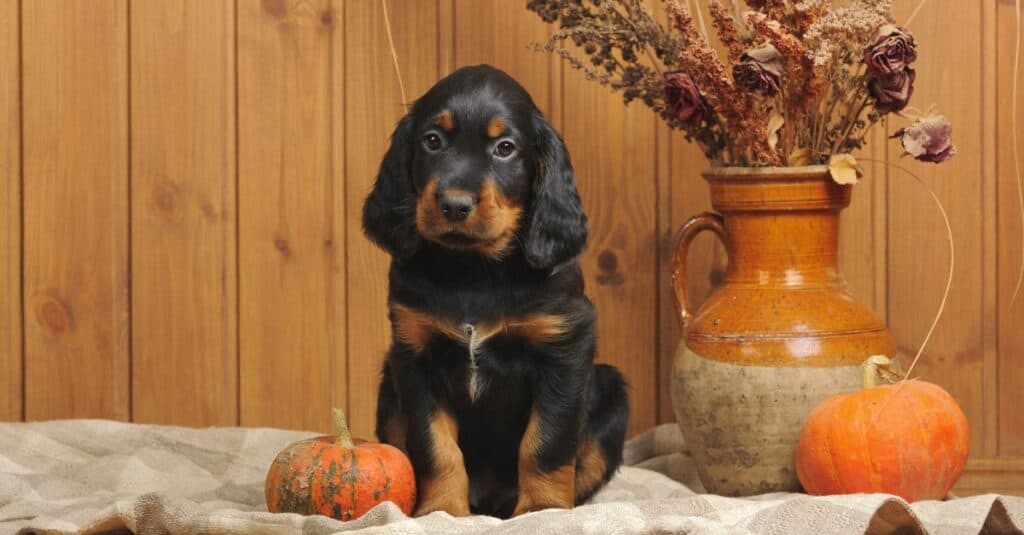
When considering the Gordon Setter Price, it is helpful to be aware of the average price range for different categories.
Puppy Prices
Gordon Setter puppies are typically categorized into three Gordon Setter Price ranges: Standard, Show Quality, and Pet Quality.
Standard Price Range
The standard Gordon Setter Price range for a Gordon Setter puppy from a reputable breeder often starts around $1,500 and can go up to $3,000 or more. This price range reflects the breeder’s commitment to producing healthy, well-bred puppies with proper health clearances.
Show Quality Puppies
Gordon Setters bred for show purposes often come at a higher price due to their superior conformation and overall potential in the show ring. Depending on the bloodlines and reputation of the breeder, show quality puppies can range from $3,000 to $5,000 or more.
Pet Quality Puppies
Pet quality puppies, which may have minor faults or deviations from the breed standard, tend to be priced lower compared to show quality puppies. Pet quality Gordon Setters can be priced anywhere from $1,000 to $2,500, depending on the breeder and the specific characteristics of the individual dog.
Adult Dog Prices
The price of adult Gordon Setters can vary based on several factors.
Factors Affecting Adult Dog Pricing
Adult Gordon Setters are typically available at a lower price compared to puppies. The Gordon Setter Price of an adult dog can depend on factors such as age, training, temperament, and overall health. Adult dogs can range in Gordon Setter Price from $500 to $1,500, depending on these factors.
Retired or Rescue Dog Pricing
Retired show dogs or rescued Gordon Setters can offer a more affordable option for potential owners. The cost of a retired or rescue dog can range from $200 to $500. However, it is important to understand any potential health or behavioral issues that may require additional care and expenses.
Budget Considerations for Adult Dogs
When considering an adult Gordon Setter, it is essential to factor in potential additional costs, such as training, socialization, and any necessary medical treatments or procedures. These costs can vary depending on the dog’s individual needs and circumstances.
Additional Costs to Consider
Beyond the initial purchase Gordon Setter Price, it is crucial to factor in additional costs associated with owning a Gordon Setter.
Initial Equipment and Supplies
When welcoming a Gordon Setter into your home, you will need to invest in various supplies and equipment. This includes items such as a crate, bed, food bowls, leash, collar, grooming tools, and toys. These additional expenses can range from $200 to $500, depending on the quality and brand preferences.
Veterinary Expenses and Vaccinations
Routine veterinary care, including vaccinations, annual check-ups, and preventive medications, should be factored into your overall budget. These expenses can vary depending on your location and the specific veterinary clinic you choose. On average, expect to spend between $500 and $1,000 annually on veterinary expenses for your Gordon Setter.
Ongoing Maintenance and Grooming Costs
Gordon Setters have a beautiful coat that requires regular grooming and maintenance to keep it healthy and vibrant. These grooming expenses can include brushing tools, shampoos, professional grooming services, and occasional haircuts. On average, grooming costs for a Gordon Setter can range from $500 to $1,000 per year.
Finding a Reputable Breeder within Your Budget
When looking for a reputable Gordon Setter breeder within your budget, there are several steps you can take to ensure a positive experience.
Researching Local Breeders
Start by researching local breeders to find those who have a good reputation and are known for producing high-quality Gordon Setters.
Utilizing Online Directories and Websites
Online directories and websites, such as national breed clubs or reputable breeder directories, can provide valuable information on breeders in your area. These resources often include breeder profiles, contact information, and details about their breeding program and available puppies.
Checking Breed Clubs and Associations
Breed clubs and associations, such as the American Kennel Club, are excellent sources of information and can provide recommendations for reputable breeders. They often have strict membership requirements and ethical standards that breeders must adhere to.
Networking with Other Dog Owners
Talk to other Gordon Setter owners or enthusiasts in your community. They can provide insights, recommendations, and personal experiences with local breeders. Their firsthand knowledge and recommendations can be invaluable when searching for a breeder within your budget.
Questions to Ask Breeders
Once you have narrowed down your list of potential breeders, it is crucial to ask them the right questions to ensure they meet your expectations.
Inquiring About Health Certifications
Ask the breeder about the health certifications of the parent dogs, including hip and elbow evaluations, eye certifications, and genetic testing. Reputable breeders should be transparent and willing to provide documentation of these certifications.
Understanding Breeding Methods and Standards
Inquire about the breeder’s breeding methods and overall standards. Ask about their breeding program, goals, and the steps they take to ensure the health and well-being of their dogs and puppies. A reputable breeder will have a clear understanding of breed standards and strive to produce healthy, well-tempered Gordon Setters.
Clarifying Any Additional Costs or Guarantees
Before making your final decision, clarify any additional costs associated with purchasing a Gordon Setter. Ask about guarantees or warranties provided by the breeder and whether they offer support or guidance throughout the dog’s lifetime.
Visiting the Breeder and Assessing Conditions
Visiting the breeder’s facility is an essential step to assess the conditions and see firsthand how the dogs are cared for.
Evaluation of Breeding Facility
Upon visiting the breeder, observe the breeding facility’s cleanliness and overall condition. Ensure that the dogs are living in clean and spacious environments and have access to proper nutrition and socialization.
Interaction with Parent Dogs
Interacting with the parent dogs can provide insight into their temperament, behavior, and overall health. Observe how they interact with the breeder and visitors. A well-adjusted and friendly parent dog often indicates a reputable breeder.
Meeting Previous Litters
If possible, ask to meet previous litters from the same breeder. This will allow you to observe the appearance and behavior of the adult dogs bred by the same breeding program. It can give you an idea of what to expect in terms of temperament, health, and overall quality of the puppies.
READ ALSO:
- The Enchanting Journey of Gordon Setter Puppies: Unveiling the Charms of These Adorable Canines
- Gordon Setters 101: All You Need to Know – Exploring the Beautiful Colors of Gordon Setters
- Black Irish Setter Dog: Discovering the 4 Comprehensive Coal Beauty of the Setter Breed
- Shiba Inu Dog Price: Comprehensive Understanding the Varied Costs of Shiba Inu Dog
- Complete Guide to American Leopard Hound Price: Factors Influencing the True Cost and Considerations for Prospective Owners
- Bichon Frise Price – How Much Does a Bichon Frise Really Cost?
Summary
Understanding the factors that influence the Gordon Setter Price will help you make an informed decision when considering adding one to your family. Factors like breed quality, breeder reputation, location, age, market demand, and additional costs all play a role in determining the Gordon Setter Price. By researching reputable breeders within your budget and asking the right questions, you can find a healthy and well-bred Gordon Setter that will bring joy to your life for years to come.
Frequently Asked Questions (FAQs)
What is the average cost of a Gordon Setter?
The average cost of a Gordon Setter can vary depending on various factors, including the quality of the breed, the reputation of the breeder, location, and age. On average, expect to pay anywhere from $1,500 to $3,000 for a standard quality puppy from a reputable breeder.
Are there any additional costs associated with owning a Gordon Setter?
Yes, there are additional costs to consider when owning a Gordon Setter. These include initial equipment and supplies, veterinary expenses, grooming costs, and ongoing maintenance. Budgeting for these expenses will ensure that you can provide the necessary care for your furry companion.
How can I spot a reputable breeder?
Spotting a reputable breeder requires thorough research and asking the right questions. Look for breeders with a good reputation, verified health certifications for their dogs, and a genuine passion for the breed. Visiting the breeder’s facility and meeting the parent dogs and previous litters can also provide valuable insights.
Is it better to adopt a rescued Gordon Setter or purchase from a breeder?
The choice between adopting a rescued Gordon Setter or purchasing from a breeder depends on your personal circumstances and preferences. Adoption provides an opportunity to give a loving home to a dog in need, while purchasing from a reputable breeder allows you to have a better understanding of the dog’s health and lineage.
What are the typical traits and characteristics of a Gordon Setter?
Gordon Setters are known for being intelligent, loyal, and energetic dogs. They have a strong hunting instinct and require regular exercise and mental stimulation. They are also known for their distinctive coat, which requires regular grooming to keep it in top condition. Their friendly and affectionate nature makes them great companions and family pets.

